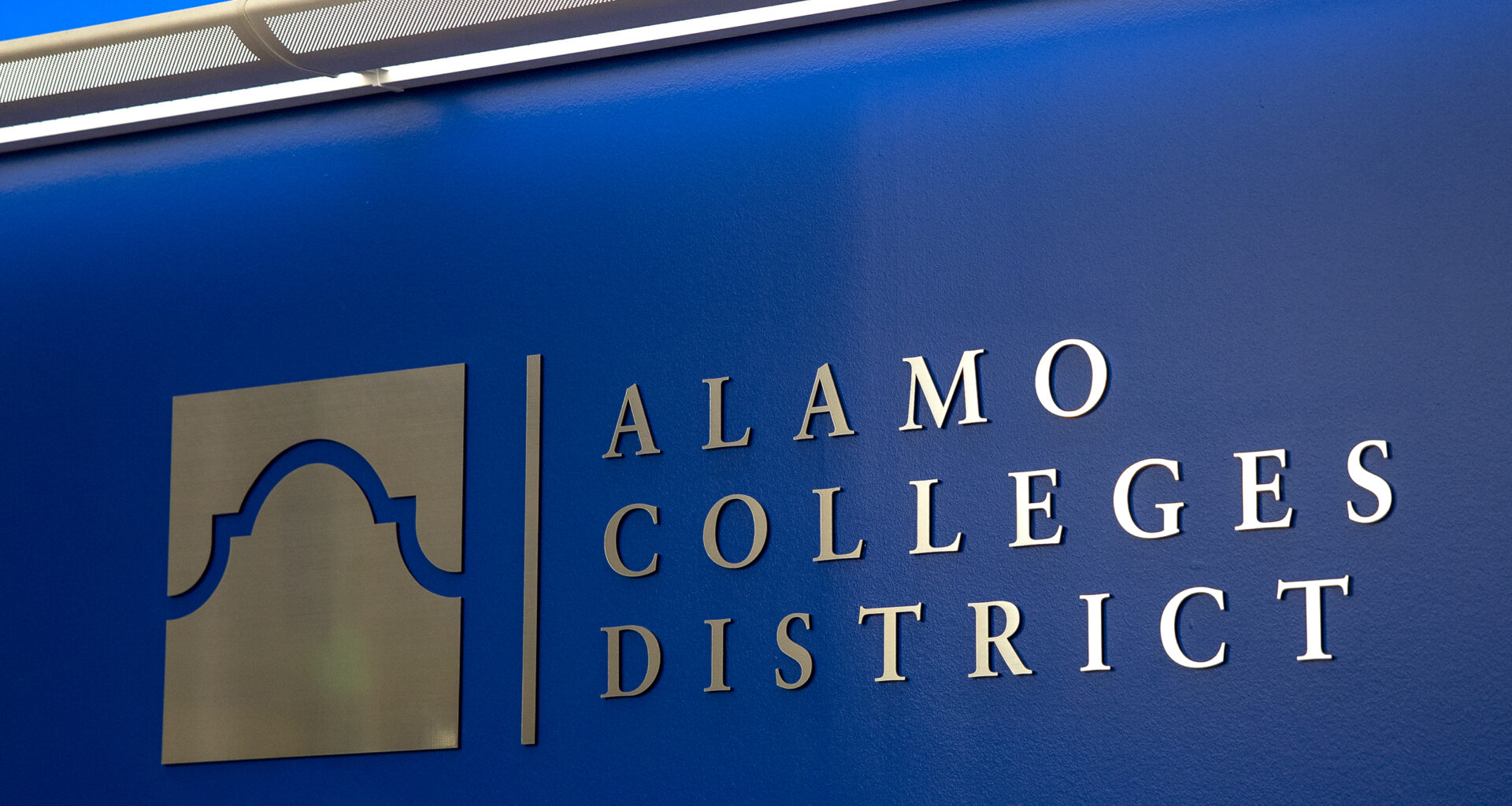For years, Alamo Colleges District has worked to develop short-term certificate programs, more recently asking local voters to approve its largest bond in history at $987 million to build facilities for high-demand programs such as nursing, manufacturing and more.
Now with the approval of Workforce Pell Grants, which will provide students federal financial aid for short-term programs, college officials hope students will have more avenues and incentives to enter these fields.
“We feel great because what we can do now is we can maximize current capacity,” said Priscilla Camacho, Alamo Colleges‘ chief legislative industry and external relations officer. “I think this is going to be an opportunity for us to really tie (students) to the opportunity to access aid.”
Under the One Big Beautiful Bill Act, which was signed into law on July 4, federal Pell Grants will be accessible to low-income students enrolled in qualifying short-term programs that are between eight to 15 weeks long.
According to the bill, the grants will be available starting July of 2026. By then the U.S. Department of Education is expected to have worked with state officials and stakeholders to establish rules and regulations that apply to those individual markets.
State and college officials are also tasked with ensuring these are high-value or high- demand programs that lead to high wages and count towards academic credit, but the full role of local officials is not yet clear.
“Are (the rules) going to be very confined and every state has to follow the same rules or is there going to be some flexibility depending on the state?” Camacho said.
Even with some details pending, Texas colleges already have some experience with receiving financial aid at the state level through efforts such as the Texas Public Education Grant or the Texas Workforce Commission’s Skills Development Fund.
Camacho hopes this will lead to an opportunity for Texas to be one of the states at the forefront of the development of Workforce Pell Grant guidelines.
“What I suspect will happen is that Texas will be among some of the leaders,” Camacho said. “This is tying up nicely with what we’ve been doing in terms of our system and our funding, really leading in our students going into opportunities that lead to high wages in areas of high demand.”
Some of the high-demand offerings at Alamo Colleges have been established for a number of years, and have received state funding, which also means they have been through a data collection process to analyze the success of some programs.
Some are developed in partnership with workforce stakeholders and city partners, such as the Ready to Work program that seeks to train and place San Antonio residents in high-demand jobs.
“There’s going to be very high parameters as to program eligibility,” Camacho said. “Programs have to have been around for several years, they have to have shown student success in terms of completion, their ability to get employed… They have clock hour requirements.”
These high parameters could also serve as a safety net so that qualifying programs at for-profit institutions outside of public colleges get vetted based on student success and employability, Camacho said.
This summer Alamo Colleges officials reported that 90% of the students who completed technical programs and 88% of those who completed an academic degree were employed or continued their education within six months of graduation in 2022. These rates had stayed somewhat steady since 2018, with only the pandemic causing some decrease in 2020.
The early expectation is for the law to adjust to what some colleges have already been working on. But Camacho said this is also an opportunity for colleges to revise offerings to potentially adjust these so that students can tap into the additional financial aid.
Ready to Work is a good example of this, Camacho said. Some of these programs might already fall close to qualifying for Workforce Pell. The work now as they wait for the federal government to issue more guidance, is to do a full inventory of these courses to see what can be changed if needed.
“We have already started to have conversations with the city about how to maximize (Workforce Pell) once we have once we have rules and regulations,” Camacho said. “I’m not going to be able to adjust a two-week program to make it eight weeks just to make it eligible, but if it’s something that’s maybe seven weeks, that could be on the cusp.”
The San Antonio Report partners with Open Campus on higher education coverage.
